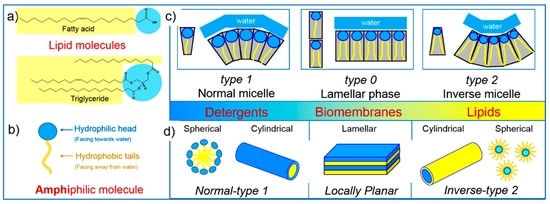

Serum carnitine concentrations were significantly higher in group LC on POD3 (P < 0.01) and POD7 (P = 0.01). Clinical and laboratory parameters were compared between the two groups statistical significance was set at P < 0.05. PPN was performed from postoperative day (POD) 1 to POD4. Patients undergoing surgery for gastric or colorectal cancer were enrolled in the study and were randomly divided into two groups (n = 8 in each group): 1) group L, who received a peripheral PN (PPN) solution of 7.5% glucose, 30% amino acid, and 20% lipid emulsion and 2) group LC, who received the same PPN solution, as well as carnitine intravenously.

No side effects were observed at these doses.Ī prospective randomized study was performed to investigate the validity of intravenous carnitine administration during postoperative parenteral nutrition (PN) with lipid emulsion. It is possible to use lower doses of LE in the range of 0.3–0.6 ml/kg in all moderate poisonings administered by continuous intravenous infusion for 12-24-48 hours. In severe intoxications with exotoxic shock, the rate of LE administration varies from 20 ml/h to 40 ml/h.Ĭonclusions: In severe intoxications with cardiotoxic syndrome and haemodynamic instability, LE should be used in the dose as suggested by the American Society of Regional Anesthesia. The high dose of LE of 1.5 ml/kg recommended by the American Society of Regional Anesthesia was administered to two patients (4.08%). Results: The percentage of patients receiving a low dose of LE of 0.3 ml/kg (93.87%) was significantly higher than the percentage of patients treated with a medium (2.04%) and a high dose (4.08%) of LF.
#Lipid emulsion software
Statistical analysis was performed using the statistical functions of Excel 2016 and the Statistica 7.0 software package. Materials and methods: Forty-nine patients with acute lipophilic drug intoxications were treated with LE in the Clinic of Toxicology at the Naval Hospital in Varna. There is insufficient information about what the dose of lipid emulsions (LE) should be in other intoxications depending on their severity.Īim: To determine the LE dose in a shock or haemodynamic instability in patients with acute exogenous intoxications treated with LE. The dose recommended by the American Society of Regional Anesthesia is used primarily for the treatment of local anesthetic systemic toxicity. Introduction: Lipid emulsions are increasingly used as an antidote to lipophilic drug intoxications.


 0 kommentar(er)
0 kommentar(er)
